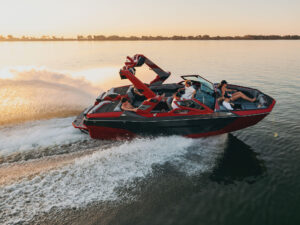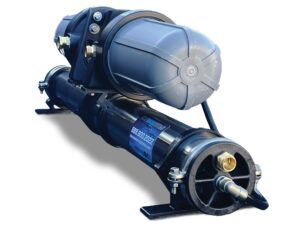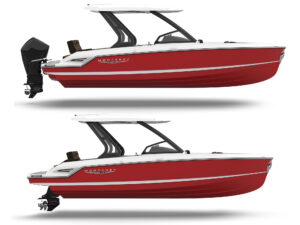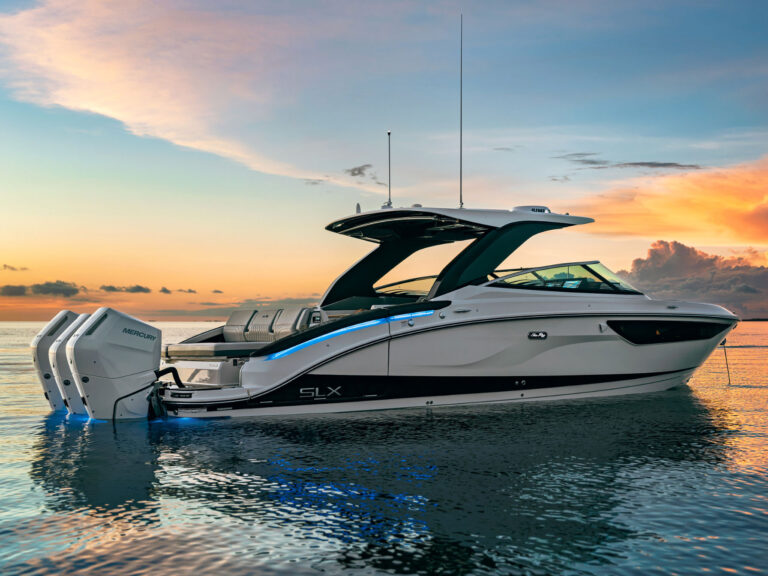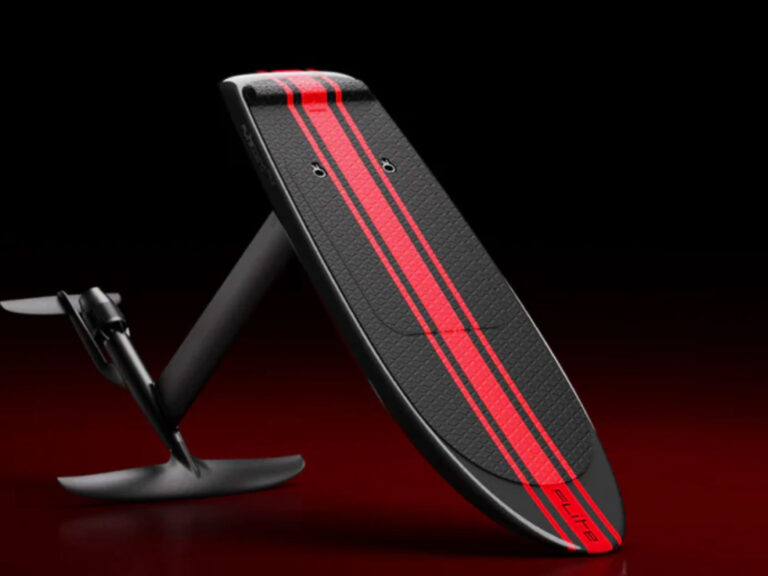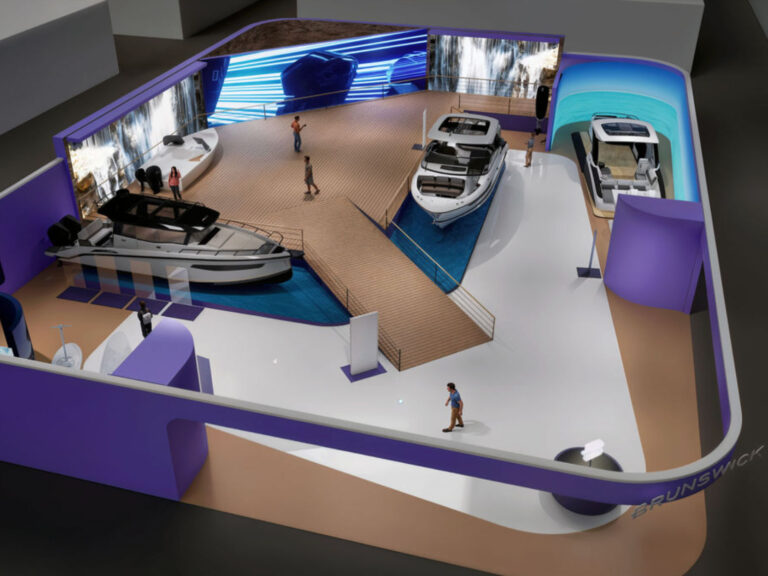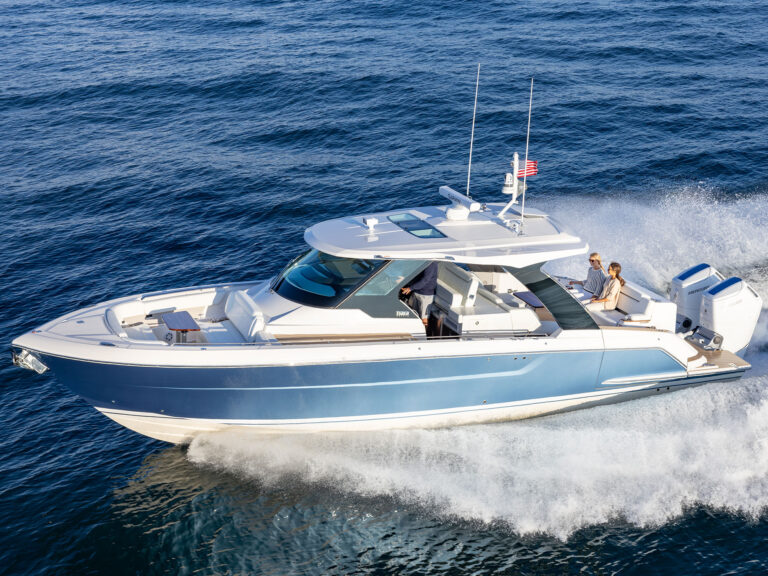Today, four major boat brands compete in the sport-jet market — long-standing Yamaha and newcomers Glastron, Scarab and Chaparral (which introduced its Vortex sport-jet line at the 2014 Miami Boat Show). All of this speaks to vibrancy of sales in the sport-jet market, as well as the vacuum left by Bombardier Recreational Products’ Sea-Doo as it exited the jet-boat segment in late 2012.
While Sea-Doo sport-jets rest in peace, BRP’s potent Rotax power train lives on, serving as the basic jet-propulsion system in four Glastrons, three Scarabs and three Chaparral Vortex models. As Rotax and Yamaha (with 12 sport-jets) dog-fight for market share, let’s compare the two systems.
Engine Blocks
Both of these lightweight sport-jet power trains occupy less space than traditional sterndrive systems do, allowing for a roomier aft cockpit. Rotax bases its 4-TEC engine on a three-cylinder, four-stroke aluminum block that displaces 1.5 liters, while Yamaha utilizes a four-cylinder, four-stroke aluminum block displacing 1.8 liters.
Induction
In spite of diminutive dimensions, both generate impressive ponies. Eleven Yamaha boat models use the naturally aspirated version of the 1.8-liter engine (shown above) with electronic fuel injection (EFI) and four valves per cylinder to produce a maximum of 180 hp. The single-engine Yamaha 192, however, possesses the Super High Output iteration with an intercooled supercharger to boost horsepower to 210. Most versions of Rotax’s smaller displacement engine use EFI in conjunction with an intercooled supercharger. While this adds to the complexity of an engine, it also boosts maximum available horsepower of the Rotax system to 250.
Cooling Systems
Yamaha’s 1.8 relies on an open cooling system, circulating raw lake or ocean water through the engine as does an outboard. While this is a simple and reliable system, it also means owners need to take extra care in thoroughly flushing the engine after each outing in salt water. The Rotax engine, on the other hand, features a closed-loop cooling system to keep salt water out of the engine, though, like all “freshwater cooled” engines, the exhaust system is raw-water cooled.
Jet Pumps
One of the major distinctions of Yamaha’s system is the patented clean-out port, which allows you to clear debris, such as a rope or grass, wrapped around the drive shaft from inside the boat while afloat. With the Rotax system, the drive shaft is covered by a housing that helps prevent such tangles, according to BRP. With a jammed pump, you need to put the boat on the trailer to clear debris by climbing under the hull and extracting it through the intake grate.
Special Features
Both propulsion systems are available with a host of special control features. The Yamaha system, for example, is available with no-wake mode to optimize low-speed handling in no-wake zones, a thrust directional enhancer for better docking control, and cruise control.
The Rotax system is available with cruise control and ski mode for maintaining steady speeds, eco mode for optimized fuel economy, and docking mode to enhance low-speed maneuverability.

